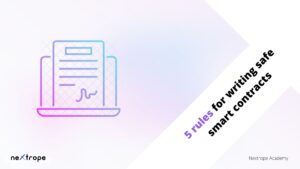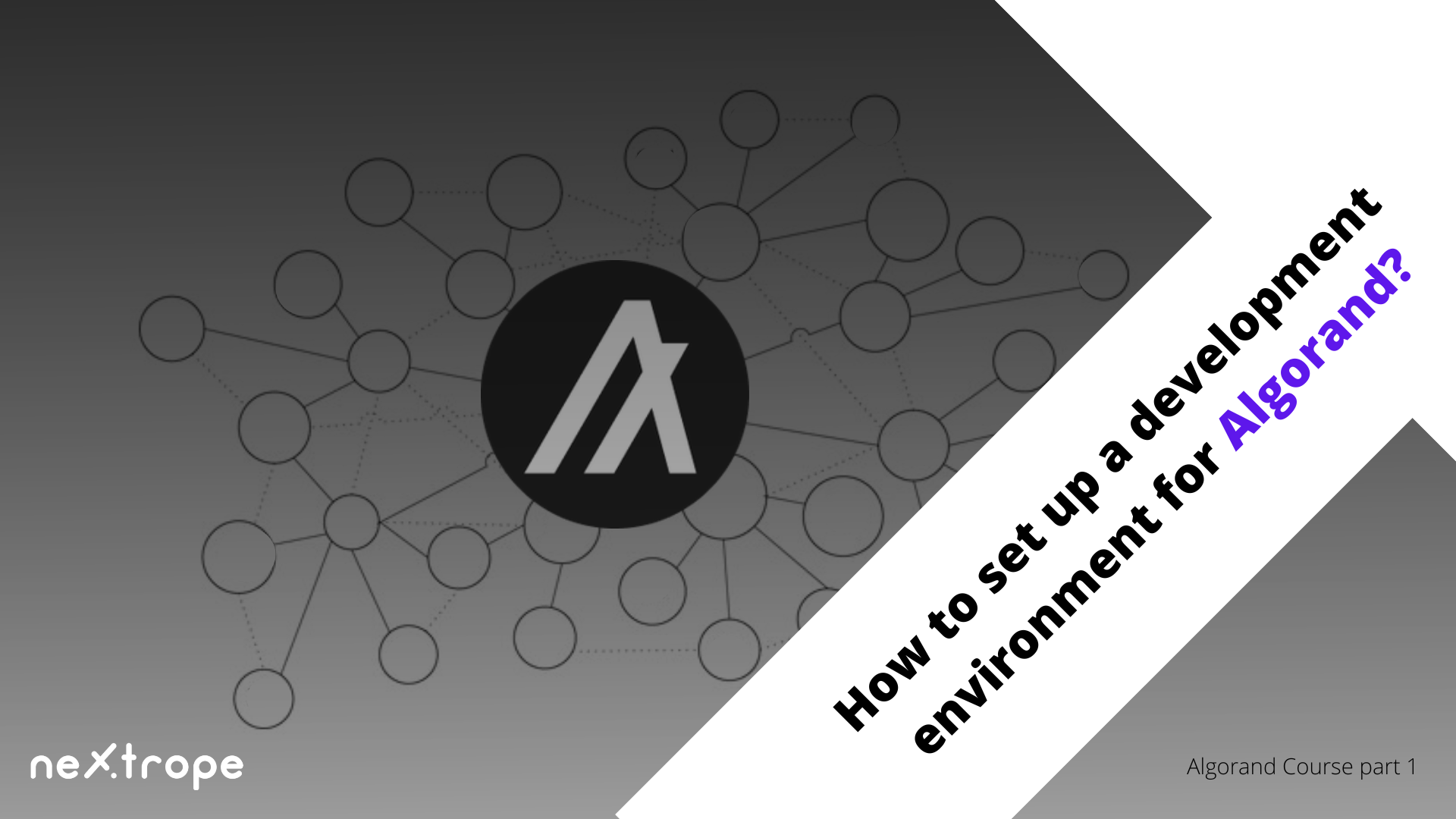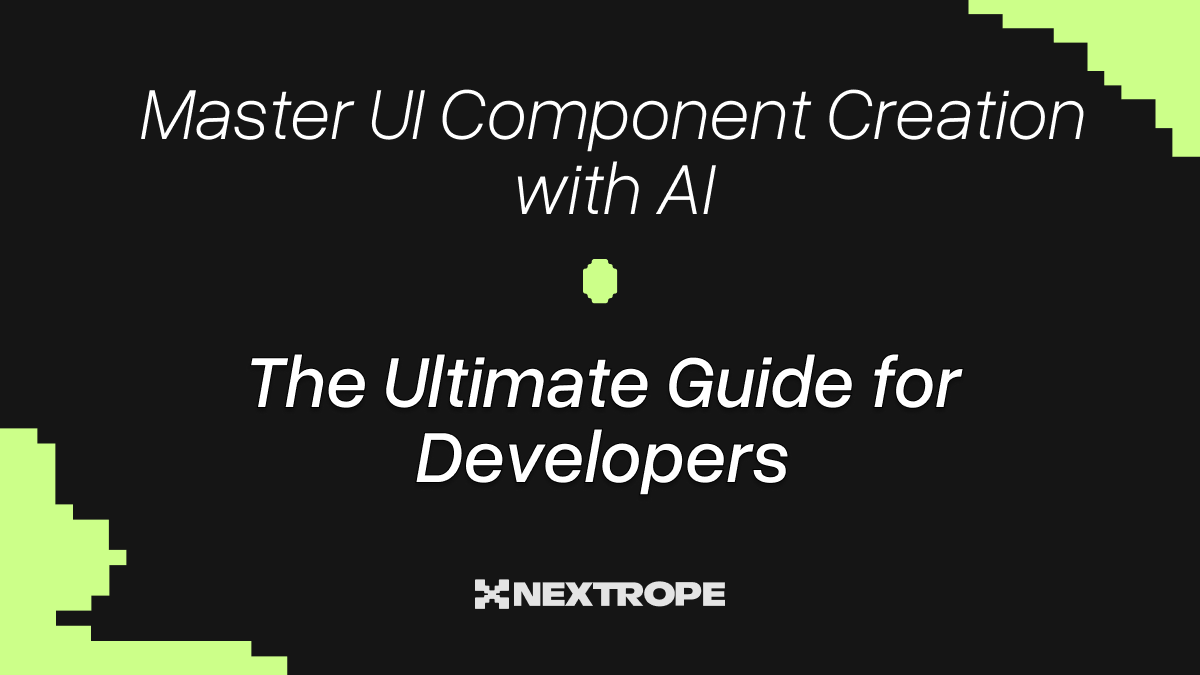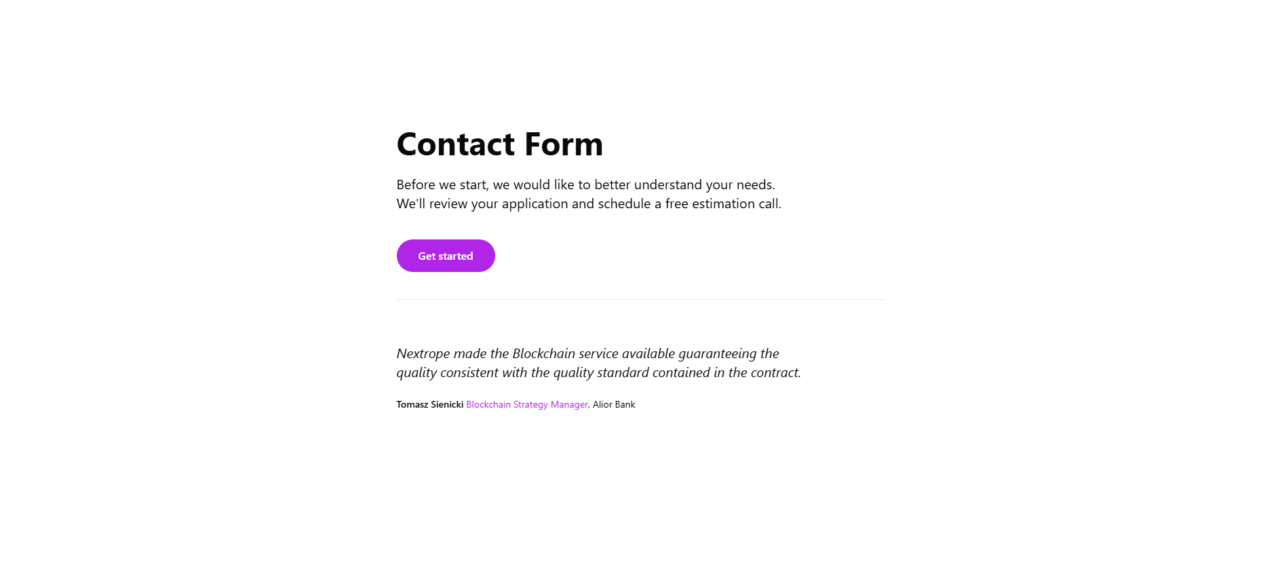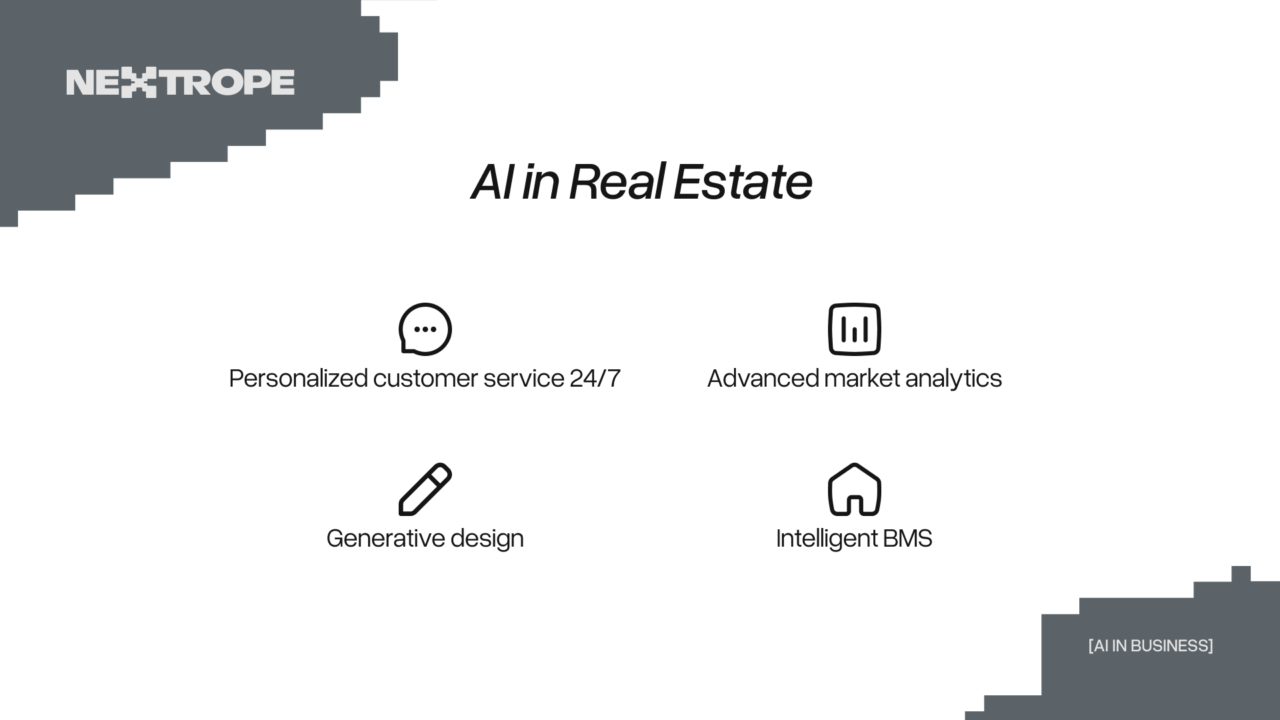Why is the security of smart contracts important?
Smart contracts are a major part of applications based on blockchain technology. In the development process of smart contracts, we should maintain the highest security standards because of factors such as:
- in many systems, they are responsible for the most critical functionality, the incorrect operation of which can be associated with a number of very unpleasant consequences, including irreversible loss of funds, a logical error ruining the operation of the entire application/protocol,
- a smart contract that has already been published on the web cannot be modified. This feature means that bugs and vulnerabilities that are diagnosed after the contract is launched productionally cannot be fixed. (There is an advanced technique to create "upgradeable contracts," which allows the contract logic to be modified later, but it also has a number of other drawbacks and limitations that do not relieve the developer from writing secure code. For the purposes of this article, we will skip a detailed analysis of this solution).
- The source code of most contracts is publicly available. It is good practice to publish the source code in services such as Etherscan which significantly increases the credibility of the application data or defi protocols. However, making the code publicly available entails that anyone can verify such code for security, and use any irregularities to their advantage.
Learning to write secure smart contracts is a process that requires learning many advanced aspects of the Solidity language. In this article, we will present 5 tips to simplify this process and secure our software from the most common mistakes.
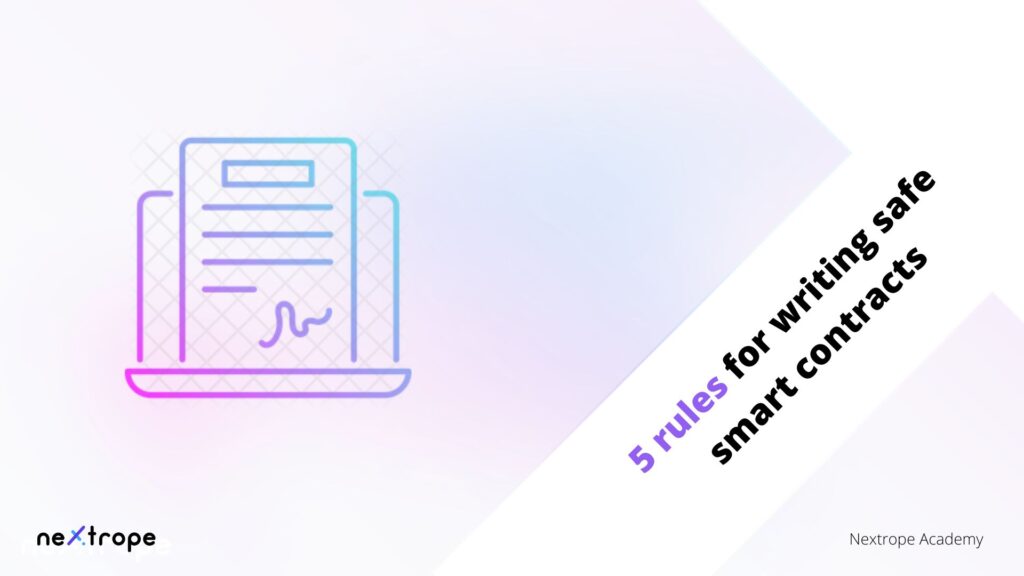
1. Accurate testing of smart contracts
The first, and at the same time the most important factor that allows us to verify that our contract works properly is writing automated tests. The testing process usually allows us to reveal various security gaps or irregularities at an early stage of development. Another advantage of automated tests is protection against code regression, i.e. a situation when during implementation of new functionalities bugs are created in previously written code. In such tests we should check all possible scenarios, 100% code coverage with tests should not be a goal in itself, but only a measure to help us make sure that tests scrupulously check every method on our contract.
2. Configuration of additional tools
It is worthwhile to make use of tools that are able to measure and check the quality of the software we provide. Tools you should use in your daily work are:
- A plugin for measuring code coverage e.g. solidity-coverage. Expanding on the thought from the first point that code coverage should not be an end in itself, it is nevertheless worth having such analytics in the testing process. By analyzing code coverage with tests, we are able to easily see which code fragments require us to write additional tests.
- Framework for static code analysis e.g. slither, mythril. These are tools that, with the help of static analysis, are able not only to point out places in our code where a vulnerability exists, but also to offer a number of tips. Following these tips can improve not only the security, but also the quality of our software.
3. Openzeppelin smart contract library
There are many libraries and ready-made contracts that have been prepared for later use by developers of blockchain applications. However, each of these libraries needs to be verified before use to see if it has any vulnerabilities. The most popular library at the moment is openzeppelin. It is a collection of secure, tested smart contracts used in many of DeFi's most popular protocols such as uniswap. It allows us to use the most commonly used implementations of ERC (Ethereum Request For Comments) standards and reusable contracts.
The library has a large range of components that can be used to implement the most popular functionalities on the smart contract side. I will give two applications of the library as examples. However, we believe it is worth exploring all the capabilities and contracts that are provided there.
- Ownable and AccessControl extensions
These extensions allow us to very easily add access control to functions that, according to business requirements, should only be available for execution to authorized addresses. An example from the documentation showing the use of the Ownable extension in practice:
pragma solidity ^0.8.0;
import "@openzeppelin/contracts/access/Ownable.sol";
contract MyContract is Ownable {
function normalThing() public {
// anyone can call this normalThing()
}
function specialThing() public onlyOwner {
// only the owner can call specialThing()!
}
}As you can see, using the openzeppelin library is not only very easy, but also allows you to write more concise code that other developers can understand.
- Implementations of the popular token standards ERC-20, ERC-721 and ERC-1155
Many decentralized applications and protocols are based on ERC-20 or NFT tokens. Each token must have an implemented interface that works according to the specification. Implementing a token entirely on your own is associated with a high risk of error, so our token may have security holes or problems with operation on various exchanges and wallets. With the help of openzeppelin library we are able to prepare a standard, functional token and enrich it with the most popular extensions with little effort. A good place to start is the interactive token configurator in the openzeppelin documentation, it allows us to generate token source code that will meet functional requirements and security standards.
4. Using new versions of the Solidity language
An important safety tip is that projects should use new versions of the Solidity language. The compiler requires us to include Solidity version information at the beginning of each source file with a .sol extension:
pragma solidity 0.8.17;Along with new versions of the language, new features are introduced, but in addition to this, it is also important that fixes are added to various kinds of known bugs. A list of the bugs found in each version can be found in this file. As you can see, with newer versions of the language the number of bugs decreases and is successively fixed.
The language's developers in the official documentation also recommend using the latest version in newly implemented smart contracts:
“When deploying contracts, you should use the latest released version of Solidity. Apart from exceptional cases, only the latest version receives security fixes”.
5. Learning from other people's mistakes
An essential factor for delivering secure software is the sheer knowledge of the advanced aspects of the Solidity language, as well as awareness of potential threats. In the past, we have witnessed many vulnerabilities where multi-million dollar assets fell prey to the attacker. Many examples of such incidents can be found on the Internet, along with detailed information on what mistake was made by the developers and how it could have been prevented. An example of the above is an article explaining the "reentrancy" attack, with the help of which the attacker stole $150 million worth of ETH. The list of possibilities for attacking smart contracts is definitely longer, so it is worth reading the list of the most popular vulnerabilities in Solidity. A good way to learn security is also to take on the role of an attacker, for this purpose the Ethernaut service is worth a look. There you will find a collection of tasks involving hacking various smart contracts, these tasks will help consolidate previously acquired security knowledge and learn new advanced aspects of the Solidity language.
Summary
In conclusion, software security of decentralized applications is a very important, but also difficult issue requiring knowledge of not only the programming language itself. Also required are testing skills, a willingness to constantly explore the topic of smart contract vulnerabilities, knowledge of new libraries and tools. This topic is vast and complicated and the above 5 points are just guidelines that can help improve the security of our code and with the associated learning. Also take a look at other articles in the Nextrope Academy series, where we take a closer look at other technical issues.
 en
en  pl
pl 
